Environmental Education Centers Introduction

 Ren,Shan Botanical Garden,Yilan County
Ren,Shan Botanical Garden,Yilan County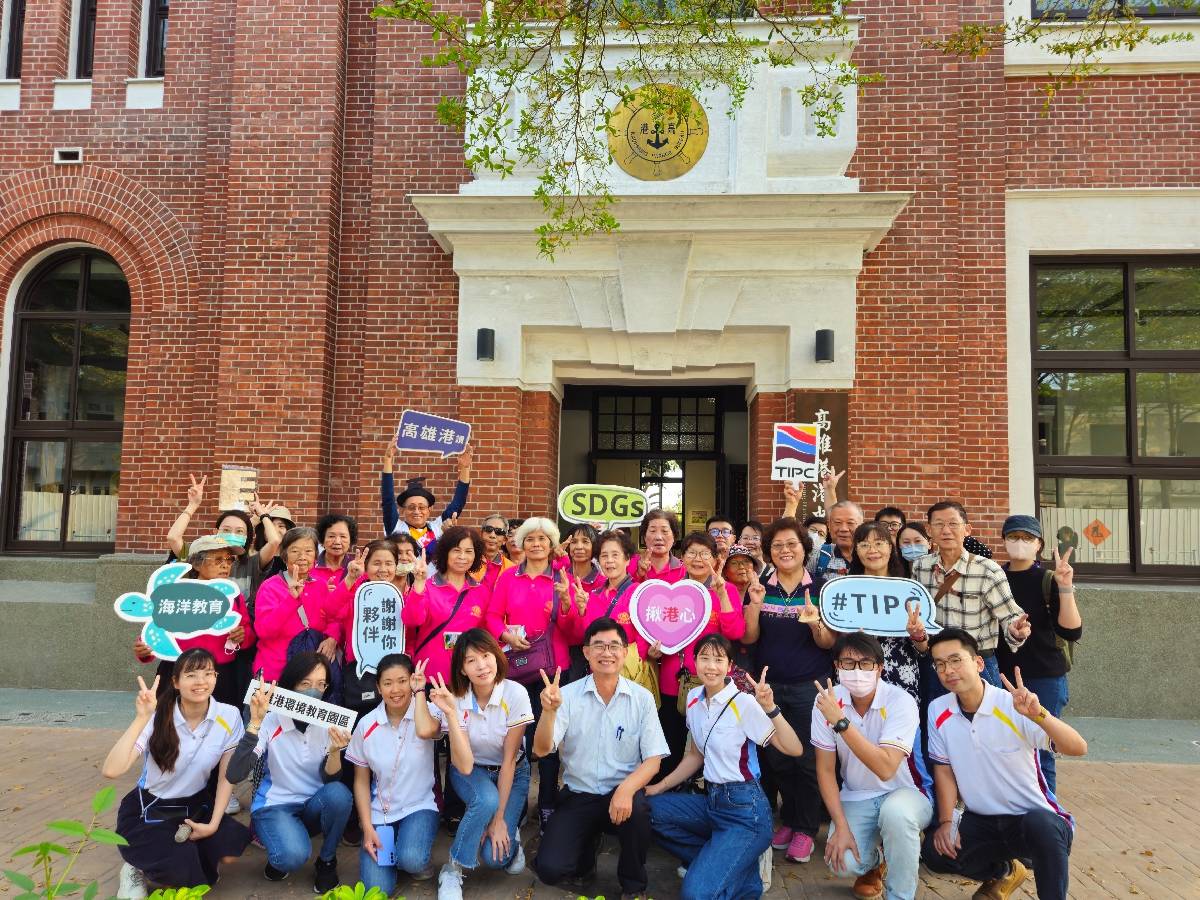 Kaohsiung Port Environmental Education Center
Kaohsiung Port Environmental Education Center Muzha Waste Incineration Plant, Environmental Protection Bureau of Taipei
Muzha Waste Incineration Plant, Environmental Protection Bureau of Taipei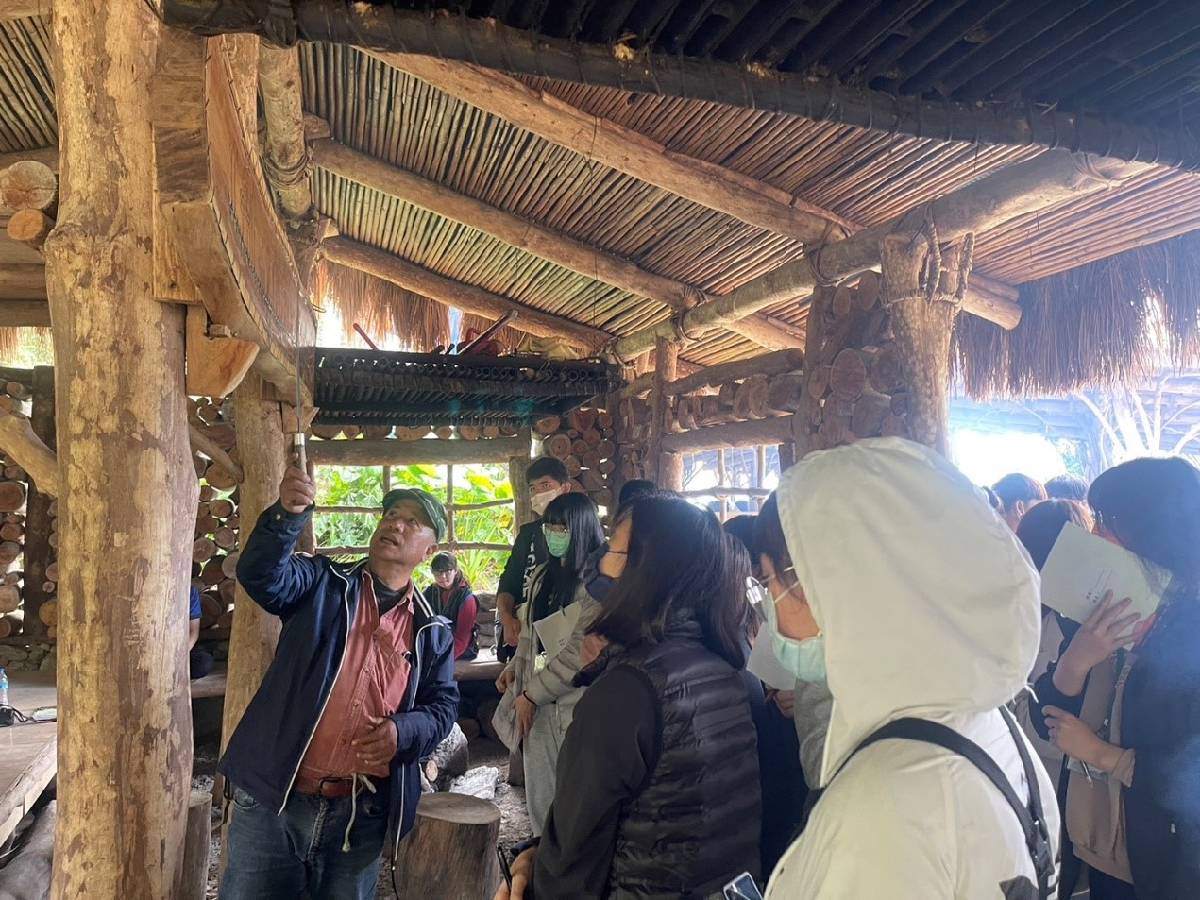 SAZASA Forest Culture Museum
SAZASA Forest Culture Museum Changhua County Wanggong Oyster Shell Art Cultural Association
Changhua County Wanggong Oyster Shell Art Cultural Association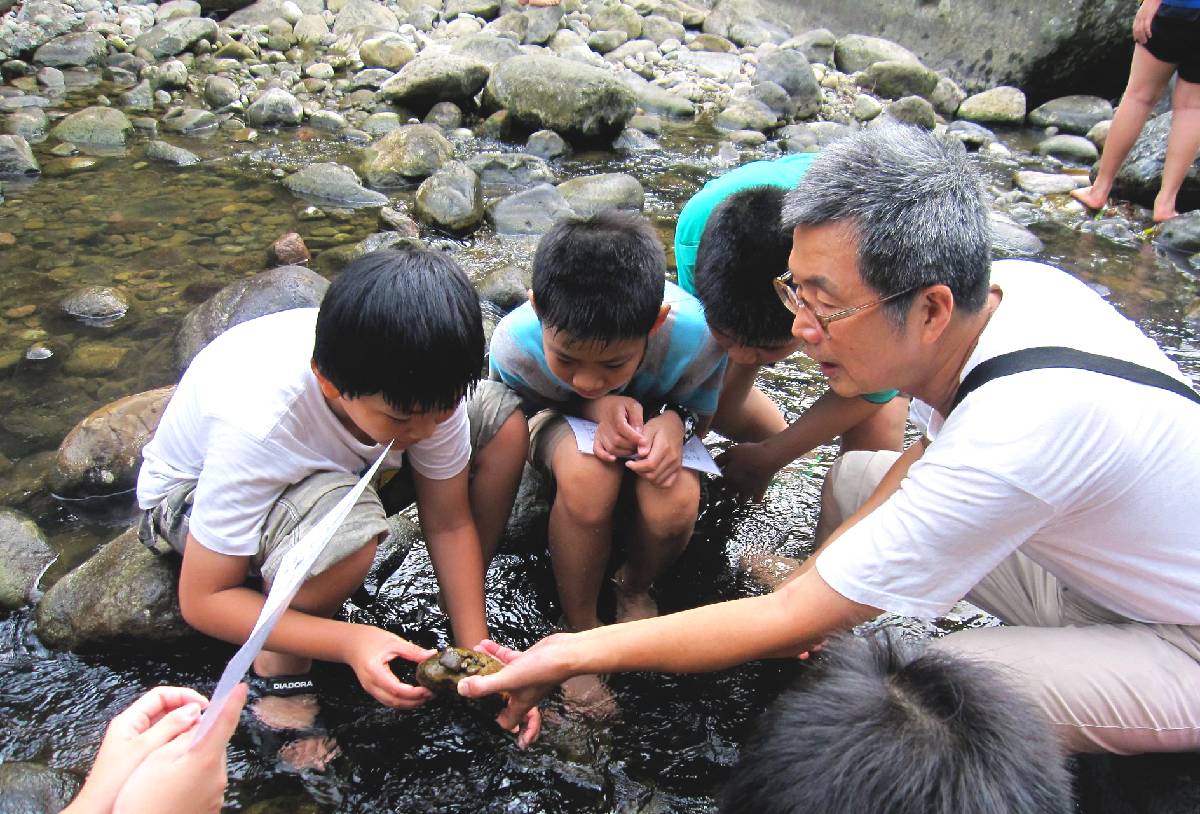 Alibang Eco Farm
Alibang Eco Farm.jpg) Nanzih Water Environmental Education Ceter
Nanzih Water Environmental Education Ceter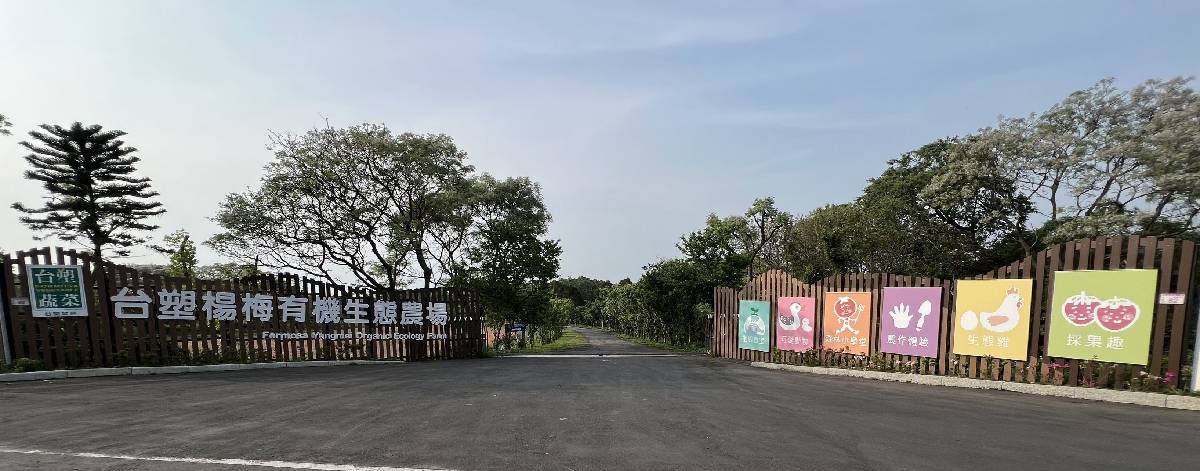 Formosa Yangmei Organic Ecology Farm
Formosa Yangmei Organic Ecology Farm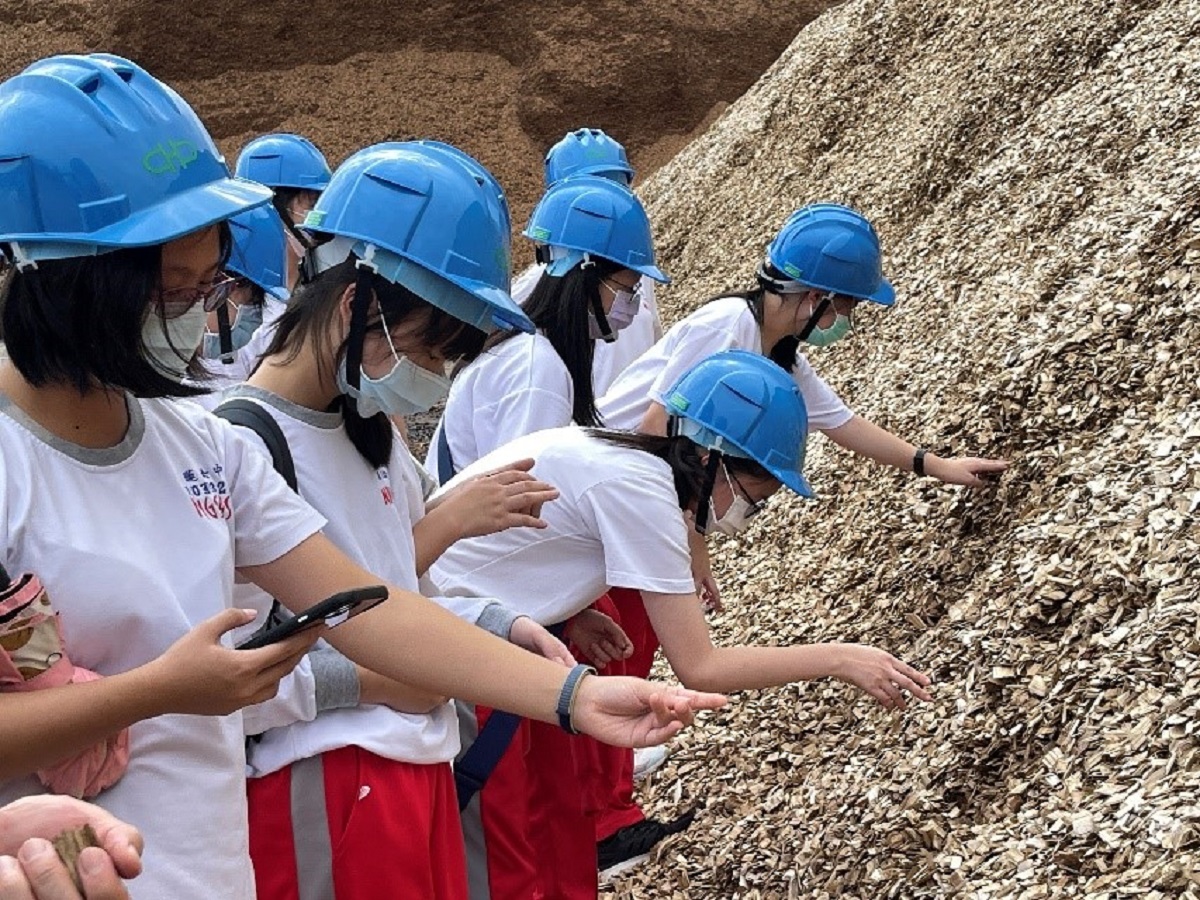 Chung Hwa Pulp Environmental Education Park
Chung Hwa Pulp Environmental Education Park Yun Hsien Resort
Yun Hsien Resort TAIYEN BIOTECH CO.,LTD. Cigu Salt Fields
TAIYEN BIOTECH CO.,LTD. Cigu Salt Fields Nanliao Environmental Education Center
Nanliao Environmental Education Center Chung-Tai Resource Tech. Corp. Environmental Education Center
Chung-Tai Resource Tech. Corp. Environmental Education Center Dharma Drum Campus for Environmental and Spiritual Education
Dharma Drum Campus for Environmental and Spiritual Education Kaohsiung Yanchao Animal Protection and Education Park
Kaohsiung Yanchao Animal Protection and Education Park National Museum of Prehistory.
National Museum of Prehistory. Window On World Miniature and Culture Institute
Window On World Miniature and Culture Institute National Science And Technology Museum
National Science And Technology Museum Taoyuan Disaster Education Center
Taoyuan Disaster Education Center FISH BAR EXPERIENCE & EXHIBITION CENTER
FISH BAR EXPERIENCE & EXHIBITION CENTER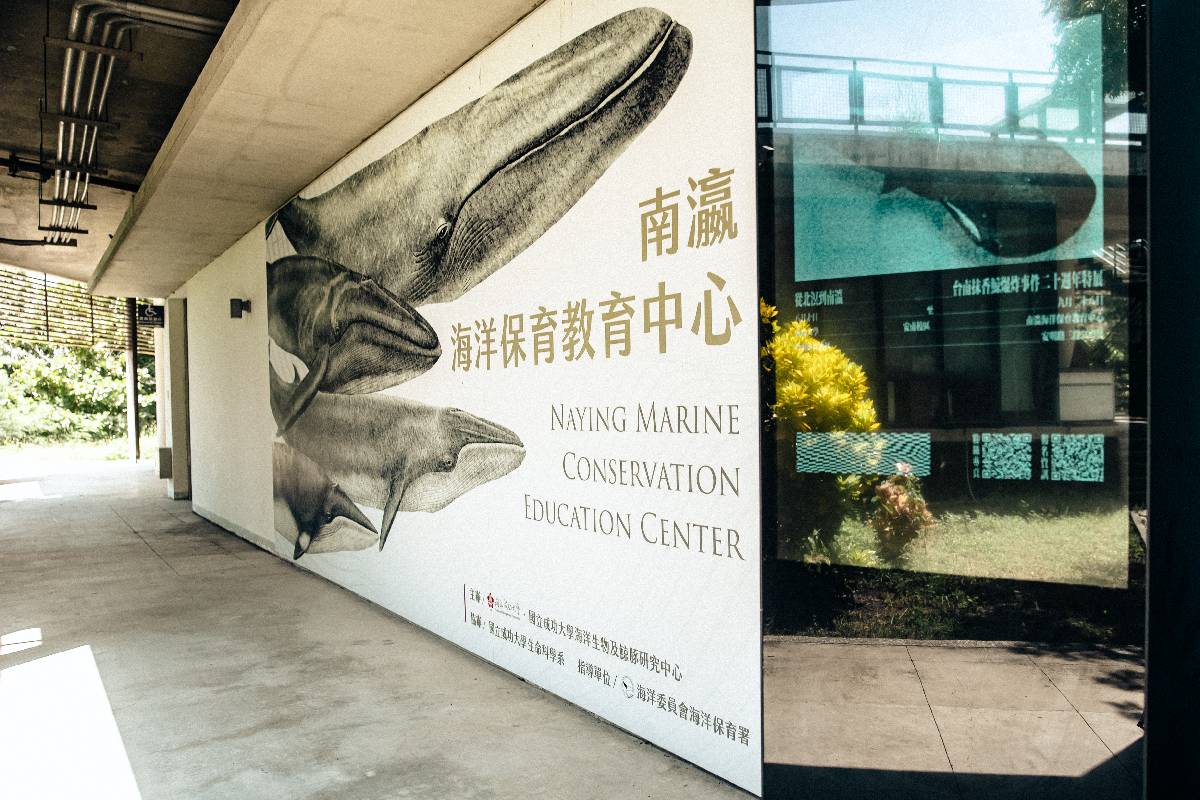 National Cheng Kung University Marine Biology and Cetacean Research Center
National Cheng Kung University Marine Biology and Cetacean Research Center.jpg) Taichung Tzu Chi Jing Si Hall
Taichung Tzu Chi Jing Si Hall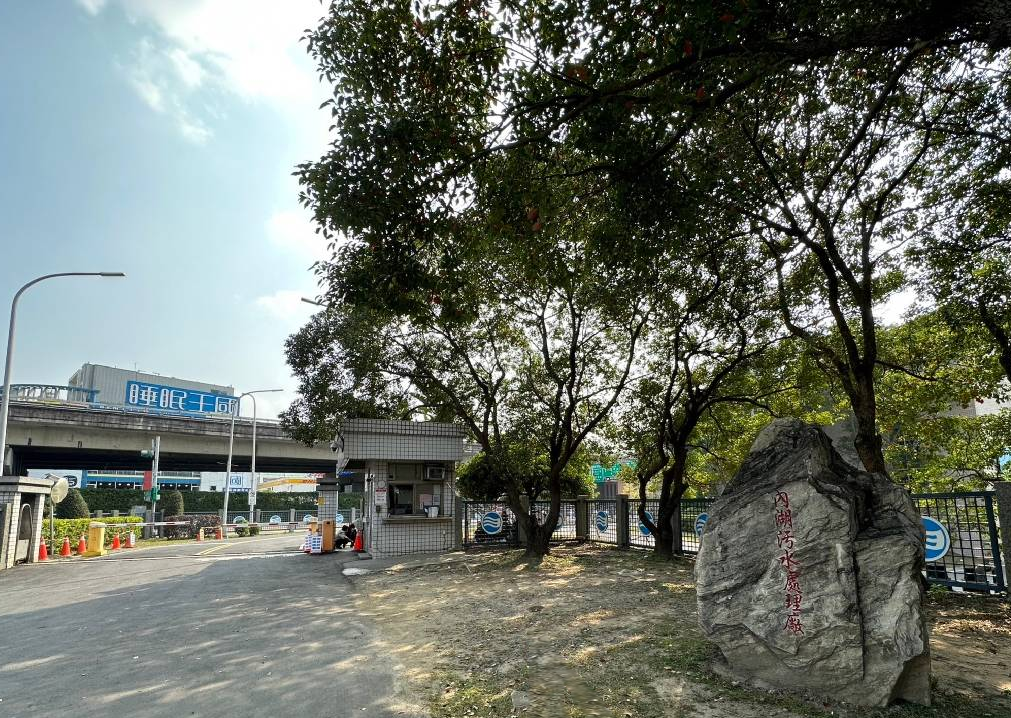 Neihu Sewage Treatment Plant
Neihu Sewage Treatment Plant Kinmen National Park
Kinmen National Park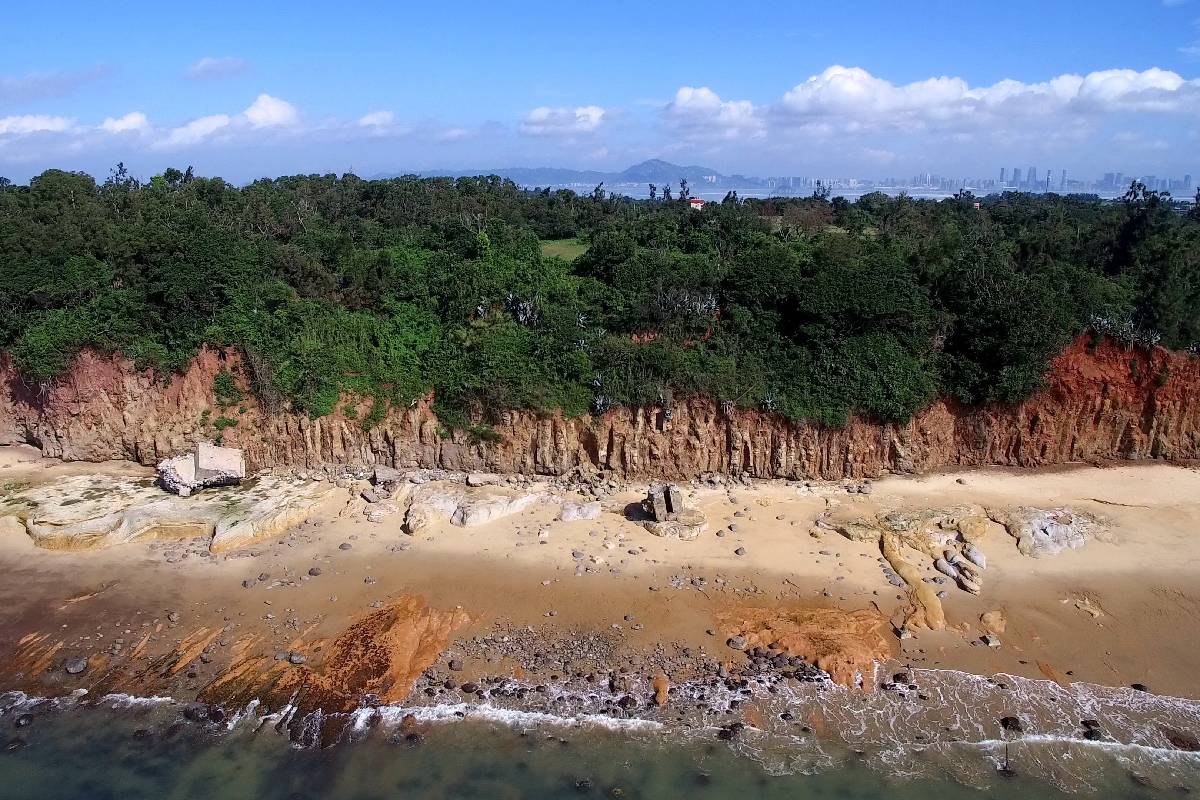 Lieyu Township Environmental Education Park
Lieyu Township Environmental Education Park Tapei Water Park
Tapei Water Park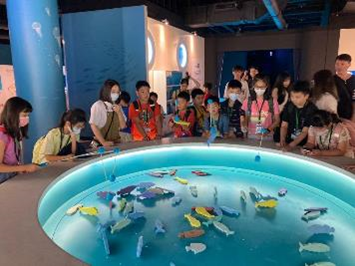 Anyo Museum
Anyo Museum Daxi Wood Art Ecomuseum, Taoyuan
Daxi Wood Art Ecomuseum, Taoyuan International Jane Goodall's Roots & Shoots Eco-center, Chang Jung Christian University
International Jane Goodall's Roots & Shoots Eco-center, Chang Jung Christian University NTU Agronomist Farm
NTU Agronomist Farm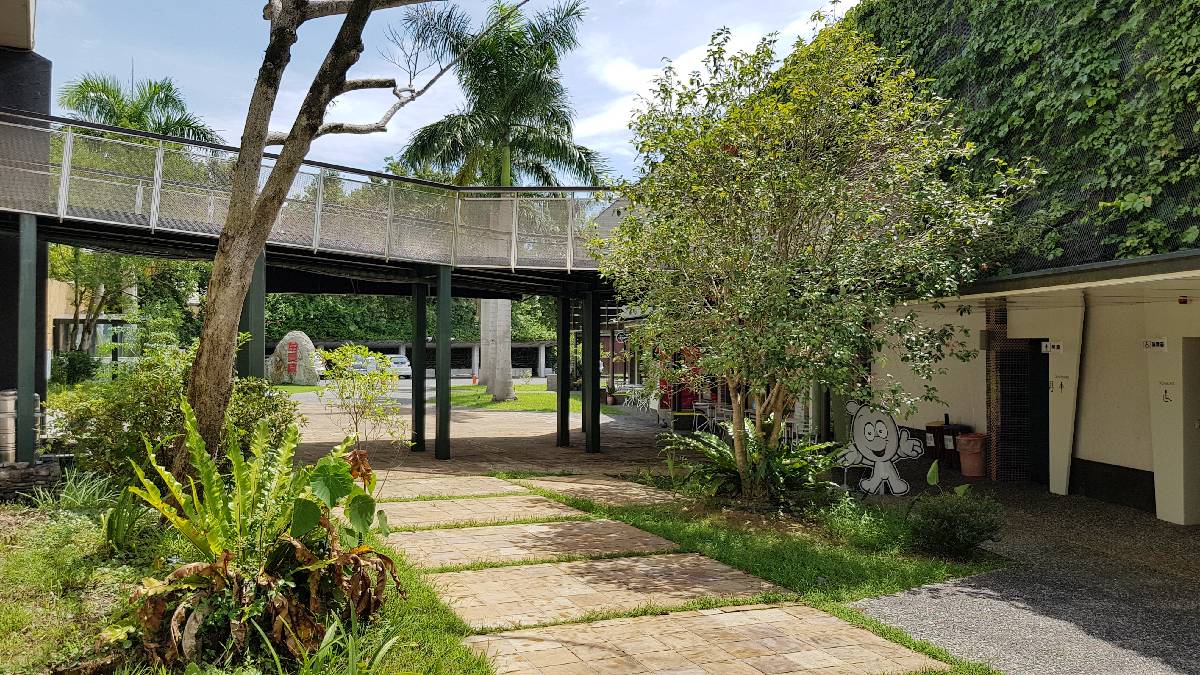 Beneficial Microbes Museum
Beneficial Microbes Museum Jibei Cultural Museum of Stone Weirs
Jibei Cultural Museum of Stone Weirs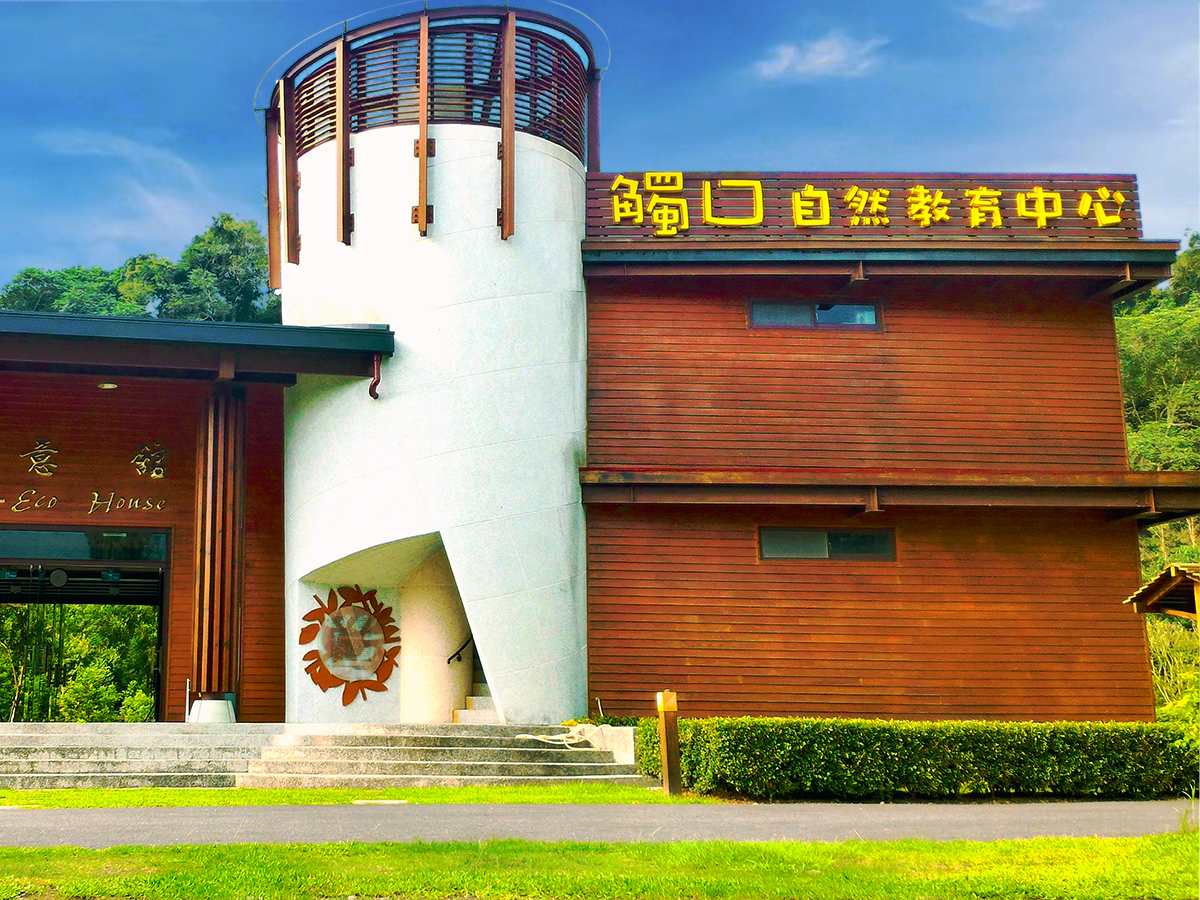 Chukou Nature Center
Chukou Nature Center Tainan City Recycle Education Park
Tainan City Recycle Education Park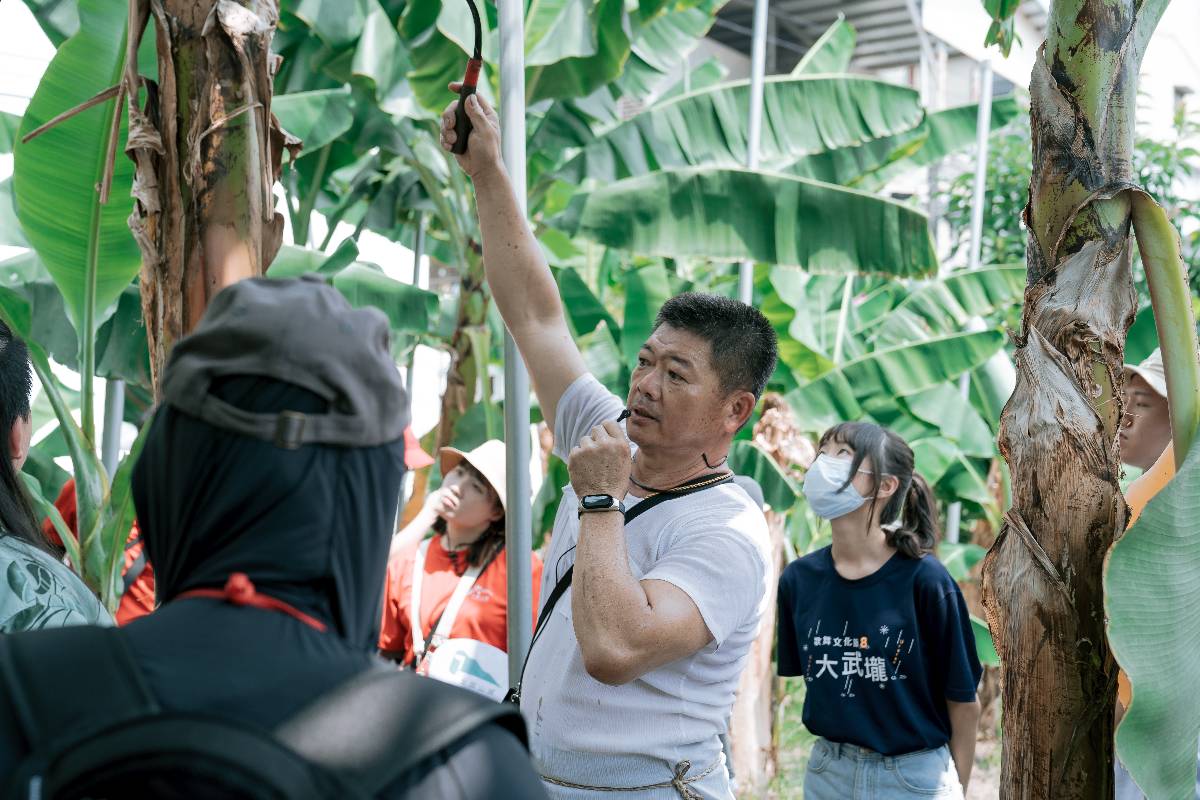 Qishan Tang Chang Environmental Education Centre
Qishan Tang Chang Environmental Education Centre Central Taiwan Science Park, Taichung Park SewageSewage treatment plant
Central Taiwan Science Park, Taichung Park SewageSewage treatment plant Sun-Link-Sea Vacation Resorts
Sun-Link-Sea Vacation Resorts National Taiwan Science Education Center
National Taiwan Science Education Center Shengou Water Park
Shengou Water Park Tree Valley Archaeological and Environmental Education Center
Tree Valley Archaeological and Environmental Education Center.jpg) Sun Moon Lake Environmental Education Center
Sun Moon Lake Environmental Education Center Endemic Species Research Institute
Endemic Species Research Institute Yong Kang Waste-to-Energy (Incineration) Plant, Environmental Education Center
Yong Kang Waste-to-Energy (Incineration) Plant, Environmental Education Center Haifeng Wetland Environmental Field
Haifeng Wetland Environmental Field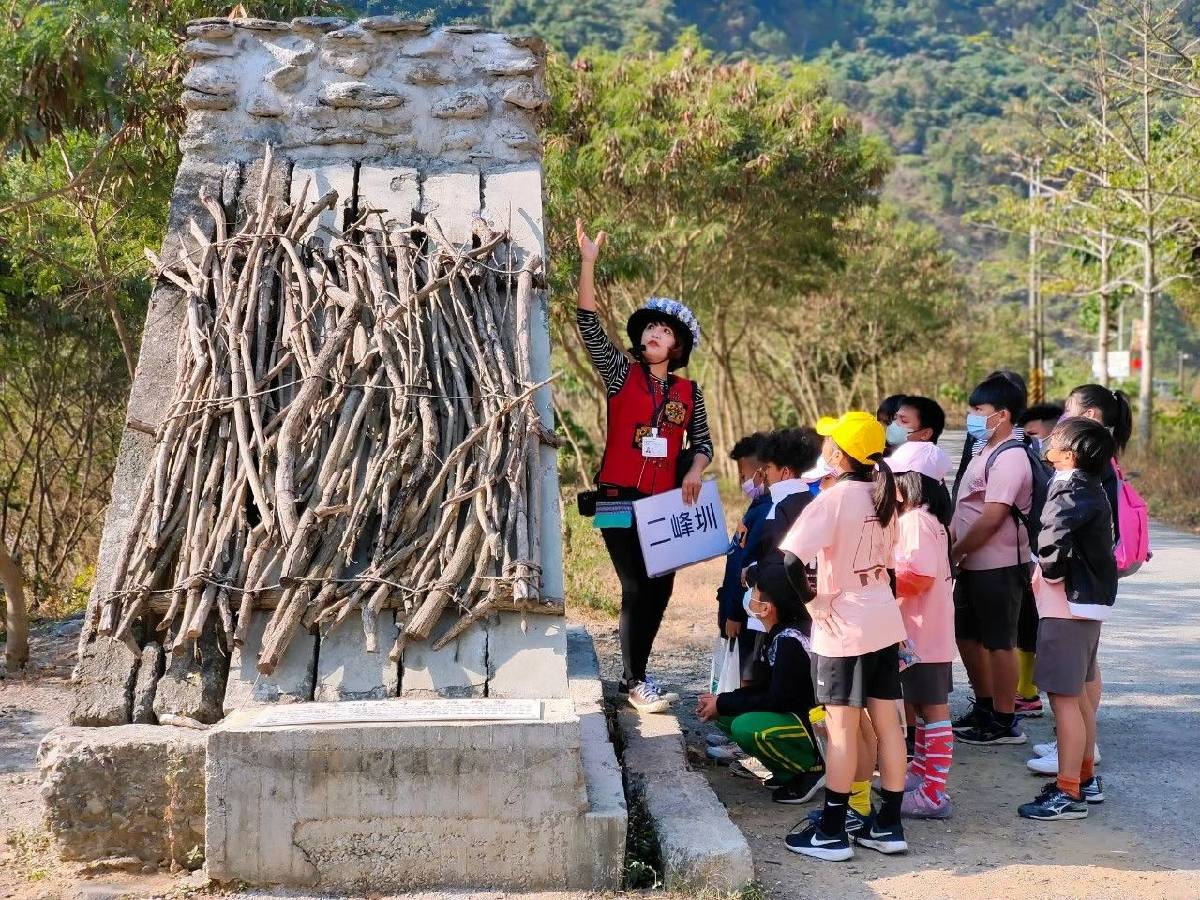 Laiyi Er-feng Irrigation Canal System cultural education trail
Laiyi Er-feng Irrigation Canal System cultural education trail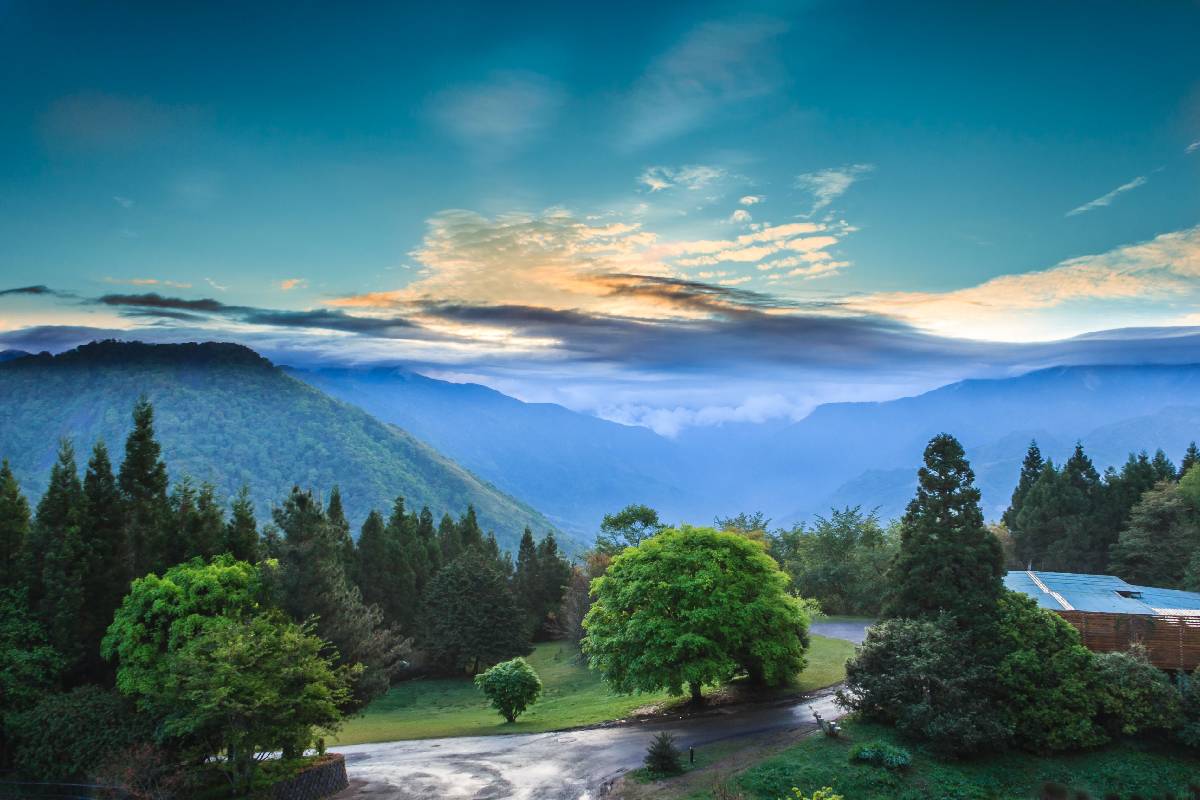 Highland Experimental Farm of National Taiwan University(NTUHEF)
Highland Experimental Farm of National Taiwan University(NTUHEF) TSMC Taichung Ecological Campus
TSMC Taichung Ecological Campus Chihnan Nature Center
Chihnan Nature Center Hsinchu City Kerya Water Resources Environmental Education Center
Hsinchu City Kerya Water Resources Environmental Education Center Little Ding-Dong Loving Earth Practical Workshop
Little Ding-Dong Loving Earth Practical Workshop National Museum of Natural Science
National Museum of Natural Science Local Circulating Garden in Biyunzhuang Community
Local Circulating Garden in Biyunzhuang Community Crape Myrtle Lake Envurinmental Education Park
Crape Myrtle Lake Envurinmental Education Park
 Haifeng Wetland Environmental Field
Haifeng Wetland Environmental Field Laiyi Er-feng Irrigation Canal System cultural education trail
Laiyi Er-feng Irrigation Canal System cultural education trail Yong Kang Waste-to-Energy (Incineration) Plant, Environmental Education Center
Yong Kang Waste-to-Energy (Incineration) Plant, Environmental Education Center Chihnan Nature Center
Chihnan Nature Center Neihu Sewage Treatment Plant
Neihu Sewage Treatment Plant.jpg) Sun Moon Lake Environmental Education Center
Sun Moon Lake Environmental Education Center Muzha Waste Incineration Plant, Environmental Protection Bureau of Taipei
Muzha Waste Incineration Plant, Environmental Protection Bureau of Taipei Tree Valley Archaeological and Environmental Education Center
Tree Valley Archaeological and Environmental Education Center International Jane Goodall's Roots & Shoots Eco-center, Chang Jung Christian University
International Jane Goodall's Roots & Shoots Eco-center, Chang Jung Christian University Tapei Water Park
Tapei Water Park Crape Myrtle Lake Envurinmental Education Park
Crape Myrtle Lake Envurinmental Education Park Central Taiwan Science Park, Taichung Park SewageSewage treatment plant
Central Taiwan Science Park, Taichung Park SewageSewage treatment plant National Taiwan Science Education Center
National Taiwan Science Education Center National Science And Technology Museum
National Science And Technology Museum Beneficial Microbes Museum
Beneficial Microbes Museum.jpg) Taichung Tzu Chi Jing Si Hall
Taichung Tzu Chi Jing Si Hall Nanliao Environmental Education Center
Nanliao Environmental Education Center Formosa Yangmei Organic Ecology Farm
Formosa Yangmei Organic Ecology Farm TSMC Taichung Ecological Campus
TSMC Taichung Ecological Campus Ren,Shan Botanical Garden,Yilan County
Ren,Shan Botanical Garden,Yilan County Local Circulating Garden in Biyunzhuang Community
Local Circulating Garden in Biyunzhuang Community National Museum of Prehistory.
National Museum of Prehistory. Daxi Wood Art Ecomuseum, Taoyuan
Daxi Wood Art Ecomuseum, Taoyuan Chukou Nature Center
Chukou Nature Center Hsinchu City Kerya Water Resources Environmental Education Center
Hsinchu City Kerya Water Resources Environmental Education Center Kaohsiung Port Environmental Education Center
Kaohsiung Port Environmental Education Center NTU Agronomist Farm
NTU Agronomist Farm Kinmen National Park
Kinmen National Park Qishan Tang Chang Environmental Education Centre
Qishan Tang Chang Environmental Education Centre Shengou Water Park
Shengou Water Park Highland Experimental Farm of National Taiwan University(NTUHEF)
Highland Experimental Farm of National Taiwan University(NTUHEF) Sun-Link-Sea Vacation Resorts
Sun-Link-Sea Vacation Resorts.jpg) Nanzih Water Environmental Education Ceter
Nanzih Water Environmental Education Ceter Kaohsiung Yanchao Animal Protection and Education Park
Kaohsiung Yanchao Animal Protection and Education Park Jibei Cultural Museum of Stone Weirs
Jibei Cultural Museum of Stone Weirs SAZASA Forest Culture Museum
SAZASA Forest Culture Museum FISH BAR EXPERIENCE & EXHIBITION CENTER
FISH BAR EXPERIENCE & EXHIBITION CENTER Little Ding-Dong Loving Earth Practical Workshop
Little Ding-Dong Loving Earth Practical Workshop National Cheng Kung University Marine Biology and Cetacean Research Center
National Cheng Kung University Marine Biology and Cetacean Research Center TAIYEN BIOTECH CO.,LTD. Cigu Salt Fields
TAIYEN BIOTECH CO.,LTD. Cigu Salt Fields Chung Hwa Pulp Environmental Education Park
Chung Hwa Pulp Environmental Education Park National Museum of Natural Science
National Museum of Natural Science Taoyuan Disaster Education Center
Taoyuan Disaster Education Center Lieyu Township Environmental Education Park
Lieyu Township Environmental Education Park Window On World Miniature and Culture Institute
Window On World Miniature and Culture Institute Endemic Species Research Institute
Endemic Species Research Institute Tainan City Recycle Education Park
Tainan City Recycle Education Park Alibang Eco Farm
Alibang Eco Farm Chung-Tai Resource Tech. Corp. Environmental Education Center
Chung-Tai Resource Tech. Corp. Environmental Education Center Anyo Museum
Anyo Museum Changhua County Wanggong Oyster Shell Art Cultural Association
Changhua County Wanggong Oyster Shell Art Cultural Association Dharma Drum Campus for Environmental and Spiritual Education
Dharma Drum Campus for Environmental and Spiritual Education Yun Hsien Resort
Yun Hsien Resort

Stone weir is an important cultural heritage at the seashores in Taiwan. Its unique structure can naturally keep schools of fishs inside. Therefore the fisher can easily catch fishes during low tide. Jibei cultural museum exhibits detailed Penghu stone weir culture, including building, usage, unique cultures and activites. Also you can see many art works inspired by stone weir in this museum. Visit here and you will learn more a bout traditional Taiwan culture.
MORE
Window on World Miniature and Culture Institute is committed to promoting cultural conservation and environmental education by developing diverse course curriculums and encouraging students of all ages to participate in the mini world field study tour we designed. The mini world field study focuses in two areas, the mini Taiwan and the mini China. All the architecture and landmarks featured inside these areas are miniaturized in the perfect proportion allowing students to observe from top down, front to back, catching all the refined details of the architecture. From this exceptional experience, students can gain more understanding in the importance of historical and cultural conservation. In addition to advocating environmental education, the conservation of environment is also our ambition. To sustain the existence of all natural lives in our environment, no pesticides, insecticides, or any other environmental unfriendly chemicals were used. We keep a happy natural system for our lovely lives inside our world!
MORE
Where does the garbage go? How does the wastes disappear? Come to the "Giraffe" smokestake and you will know the answer. Muzha Waste Incineration Plant began operation on March 28th, 1995, and officially obtained the environmental education field certification on March 16th, 2015. With the core value of local enviormental cognition and sustainable development, we have created an environmental course on "waste disposal and reuse." Through the course, we anticipate that students can understand the relationship between waste and environment, cherish the resources around us, help reduce the harm of waste, and finally do their part of enviromental protection.
MORE
The rescue excavation of the Peinan Site led to the construction of National Museum of Prehistory(NMP). In July 1980, during the construction of today's Taitung Railway Station of South Link Line (formerly Peinan Railway Station of East Link Line) and a marshalling yard, rich prehistoric remains of Peinan Site were discovered. A number of slate coffins and exquisite grave goods in the coffins were dug out and exposed on the ground, which attracted great public interest and grave robbery. Media exposure of the robbery urged the government to halt the construction. The construction was suspended after Taitung County Government reported the issue to the authorities concerned. Furthermore, the rescue excavation of the site was delegated to Professor Wen-hsun Sung of Department of Anthropology of National Taiwan University with students of the department, who then formed the Peinan Culture Archaeology Team. In the next decade, more than ten rescue excavations were carried out during summer and winter vacations by the team led by Professor Sung and Professor Chao-mei Lien. The Peinan Site was recorded as the biggest site on the history of Taiwanese archaeology, where the range of excavation was no less than 10,000 square meters, and more than 2,000 burials and tens of thousands of potteries and stone tools were discovered. The site is academically considered representative of the upper and later Neolithic period, and the biggest site of slate coffins and burial remains around the Pacific Rim and across Southeastern Asia. Professor Sung suggested that if we were to preserve the Peinan Site, an outdoor museum of the site should be built nearby. This was the first proposal for building a museum based on the Peinan Site. After considerable efforts, NMP Planning Bureau was finally founded on February 1, 1990. NMP started trial operation on July 10, 2001, and was officially opened on August 17, 2002. Since then, NMP has become the foundation of research and preservation of Taiwanese prehistoric sites and cultures.
MORE
Embracing the values of green energy, ecological friendliness, environmental protection and Science as the themes of our outdoor educational program, the little Ding Dong Loving Earth practical school picked wind, solar and hydraulic power as the three major elements of our educational program. When “Green Energy Education” had been chosen as the subject of our education program, the workshops allow participants to understand where our energy come from and note that the difficulty of obtaining those powers through different hands-on experiments, and start adopting an energy-efficient lifestyle.
MOREThis education center is located in the Hsinchu City Environmental Protection Bureau and integrated with the Hsinchu Waste Incineration Plant. It is adjacent to the largest coastal wetland in northern Taiwan – Siangshan Wetland. It provides environmental protection knowledge, ecological conservation and education to the public. The center adopts fresh and bright colors, and the interior space is spacious and comfortable. All the facilities are made of more than 70 kinds of recycled wastes and natural materials to construct a unique “environmental protection style” space. Based on the lively and diverse learning objectives, there are several interactive games in the exhibition area. This center is committed to the Sustainable Development Goals(SDGs), and wishes to create an interactive environmental education and learning place with the public.
MORE
Isolated by the sea, Penghu is a barren place due to its limit of freshwater and salty soil. The villagers here use any kind of resources to survive. They build walls, locals call it veggie house, to protect the crops and soil from sea wind. Collect coral to build their houses. Also they use the cow’s wastes to fuel every oven and stove in their village. Although it seems old-fashioned nowadays, it actually is a exellent way to create a sustainable development. By visiting this village, you can learn a new point of view to rethink about the mordern lives.
MORE
Did you see the moon-base-like spherical building? That is the Environmental Resource Education Exhibition Center which includes the control center of the Taichung Sewage Treatment Plant at CTSP with the concept of an intelligent neural network. It monitors more than 140,000 tons of industrial sewage and its quality on the daily basis through the analysis and early warning of the sewage monitoring station in the park. It can swiftly provide abnormal water quality information of sewage treatment plants, preventive monitoring data of in-plant equipment, and increase early warning response time and timely maintenance information. You can learn about the intelligent management of sewage treatment plants and the process of turning industrial sewage into clean and recyclable discharge water in this facility! There is also the AI Robotics Hub at CTSP within this area, which allows us to see how artificial intelligence being applied in our daily lives. There are also environmental education promotion partners nearby such as TSMC Ecological Park at CTSP, AUO Taichung Plant, and Taichung Metropolitan Park. It is the best spot for an environmental education field trip, awaiting your exploration.
MORE
The Kerya Water Recycling Center is built on the tidal land and located between the estuary of Sanshing Creek and Dazhuang Creek in Xiangshan District, Hsinchu City. It is a quasi-tertiary biological treatment plant that can treat 130,000 tons of domestic wastewater per day (full period). Its treatment capacity covers the domestic wastewater of Hsinchu City. The Hsinchu Municipal Government completes the first phase of this project under the assistance of the Construction and Planning Agency Ministry of Interior. It is designed to treat 30,000 tons of domestic wastewater per day. The Hsinchu City Kerya Water Resources Environmental Education Center is a part of the Kerya Water Recycling Center. It can connect the 17-kilometer coastline of Hsinchu City with the tourist industry of Siangshan Wetland, and promotes the conservation and utilization of water resources in order to reach the purposes of environmental education and sustainable management of water resources.
MORE
In the shape of a green kite, Tree Valley Education Center,located in Tree Valley Park, Xinshi Dist., Tainan City, attaches recycling concepts to energy saving, waste reduction, ecology, and sustainability. Moreover, constructing friendly buildings, which meets the double-factor authentication of green building and low carbon, is a concrete commitment to embodying environmental sustainability. [Promote social education and root deep] Since Tree Valley Foundation was founded in 2008, it has been devoting to cultural conservation and focusing on promoting education of “archaeology”. Using daily life as the main idea with concepts of scientific investigation like the time axis and space axis leads students to put prehistoric images together. Also, it offers a fascinating glimpse of ancestors’ life, reflecting contemporary substances and the crisis behind them. Afterward, Tree Valley Foundation passed environmental education facilities and venues authentication in 2019. It develops three theme-oriented topics, including archaeology, ecology, and agri-food. Through research, speculation, and cultural understanding, we’re trying to find the best balance between human beings and mother nature by seeing in ancestors and creatures’perspective. Hoping that environmental friendly attitudes can be implemented in daily life. [The one and only simulated archaeological site] If the time goes back, what would this world be like?“Sidewall” is the vertical plane of an archaeological site. We take 4 walls to record the land of Tainan and to reify ancestors’ life trajectories also environmental changes. In addition, constructing the largest and most realistic test pit in southern Taiwan makes participants do the actual diggings like an archaeologist and go through the process of scientific verification that is overthrown time after time. [Tree, the protagonist; human being, the sidekick] Build an environment to “grow with the tree”! Growing up and learning about the land, cultural environment, and ecological environment, then pass on to the next generation safely. We are looking forward to seeing the smile on children’s faces, and also planting the seed of a friendly environment in their hearts.
MORE

